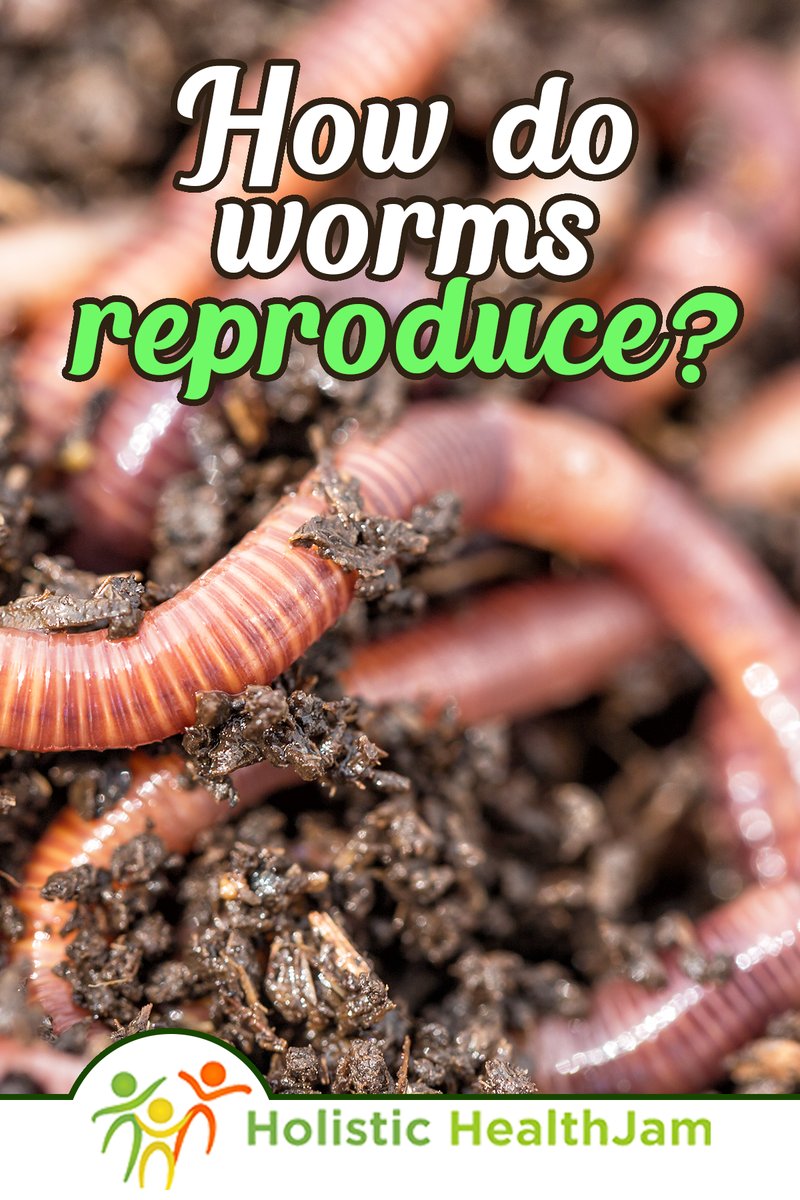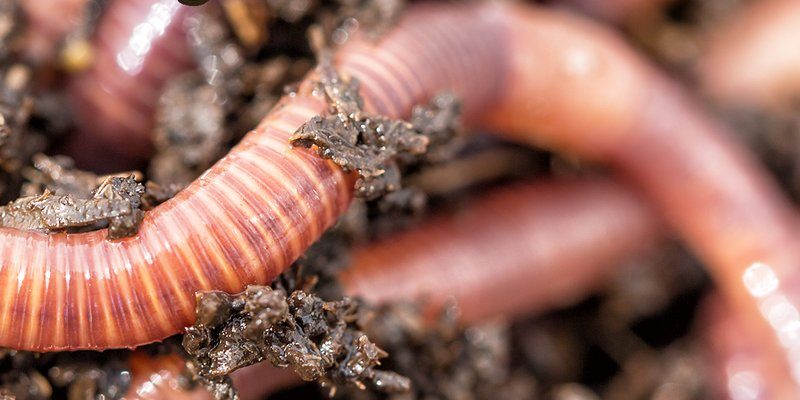
Imagine you’re preparing a new garden bed. The soil looks decent, but you want it to be extraordinary—like a Michelin-star meal for your plants. Well, that’s where introducing some earthworms comes into play. They can help break down nutrients and aerate the soil, kind of like how a good whisk incorporates air into cake batter. But can you just toss some worms in and call it a day? Not quite. Let’s dig deeper.
Understanding Earthworm Benefits
Earthworms are like tiny gardeners of the soil. When they tunnel through the earth, they create pathways that allow air, water, and nutrients to reach plant roots more effectively. Here’s how they contribute to your garden:
- Soil Aeration: As worms move, they naturally aerate the soil, improving its structure and drainage.
- Nutrient Cycling: Worms consume organic matter and convert it into rich compost called worm castings, enhancing your soil.
- Microbial Activity: The presence of worms increases beneficial microbial life, which aids in decomposing organic material.
Let’s think of it like this: if your garden bed is a concert, worms are the sound technicians making sure everything runs smoothly. Without them, you might end up with a muddy mess instead of a harmonious garden.
Choosing the Right Earthworms
So, you’re ready to introduce earthworms. Not all worms are created equal, though! The most common ones for gardening are *Eisenia fetida,* commonly known as red wigglers. These guys thrive in compost piles and are often recommended for new gardens. Here’s why:
- Adaptability: Red wigglers can adapt to various soil conditions, making them perfect for most gardens.
- High Reproduction Rate: They breed quickly, so you’ll have a thriving population in no time.
- Efficient Composter: They consume organic waste rapidly, turning it into nutrient-rich castings.
It’s like choosing the right team for a project. You want players who not only have the skills but also mesh well with the environment.
Timing Your Introduction
Now that you know which worms to use, timing becomes essential. Introducing earthworms to your new garden bed should ideally happen in the spring or fall – think of it like planting seeds at the right time for the best chances of growth. Here’s why:
- Temperature Comfort: Earthworms prefer the cooler temperatures of spring and fall, which helps them settle in better.
- Soil Moisture: Spring and fall often provide optimal moisture levels, which keeps worms hydrated as they acclimate.
- Plant Growth: Introducing them during active growing seasons allows them to start working their magic right away.
Wait too long into the hotter summer months, and your new wriggly friends might struggle to survive. It’s essential to respect their needs, just like you would for your garden plants!
How to Introduce Earthworms to Your Garden
Introducing earthworms doesn’t have to be complicated. Here’s a simple step-by-step guide to help you:
1. Prepare Your Garden Bed: Make sure the soil is loose and has some organic matter mixed in, like leaves or kitchen scraps. Think of this as setting the stage for a show.
2. Choose Your Worms: Depending on where you buy them, you might get a few hundred or even a thousand worms. Aim for about 10-20 worms per square foot of garden bed.
3. Release the Worms: Gently sprinkle the worms on the surface and let them burrow down. It’s their new home now, so let them explore!
4. Monitor Conditions: Keep an eye on moisture levels. If the soil becomes too dry, give it a gentle water. Remember, happy worms mean happy soil!
By following these steps, you invite your earthworms into a welcoming environment where they can do what they do best.
Common Concerns and Misconceptions
You might have some concerns when introducing earthworms to your garden. Here are a few common misconceptions, debunked:
– Myth: Earthworms will take over the garden. While they reproduce quickly, their population tends to stabilize based on food and space. They won’t overrun your garden like weeds.
– Myth: All worms are good for gardens. Not every worm species is beneficial. Stick with red wigglers and avoid introducing non-native species which can disrupt local ecosystems.
– Myth: You can add too many worms at once. While it’s good to have a healthy population, overloading your garden bed can lead to competition for resources. It’s best to follow the guidelines mentioned earlier.
Understanding these myths helps you make an informed decision when adding earthworms to your garden.
Alternatives to Introducing Earthworms
If you’re still unsure about introducing earthworms, there are alternatives to consider. Here are some options:
- Composting: Create a compost pile to attract worms naturally. This method enriches soil over time without directly introducing worms.
- Soil Amendments: Use organic fertilizers or amendments like compost and aged manure. They can improve soil quality without worms.
- Mulching: Adding a layer of mulch can also encourage beneficial organisms and retain moisture in the soil.
These alternatives can still promote a healthy garden without the direct introduction of earthworms. Think of it as providing diverse methods to foster a flourishing ecosystem.
Bringing earthworms into your new garden bed can be a fantastic way to boost its health and fertility. Their natural processes foster nutrient cycling and improve soil structure, creating a vibrant environment for your plants to grow. Just remember to choose the right species, introduce them at the right time, and monitor their conditions.
Whether you decide to go for it or opt for alternatives, you’re already taking positive steps toward nurturing your garden. It’s like adding a secret ingredient that makes all the difference. So grab those worms, get your hands in the soil, and watch as nature works its magic!

